Learn
Observing Line
Lines
A line is the path made by a moving point that can vary in width, direction, and length. Watch the video Elements of Art: Line (3:25) to learn more about lines. PBS login information.

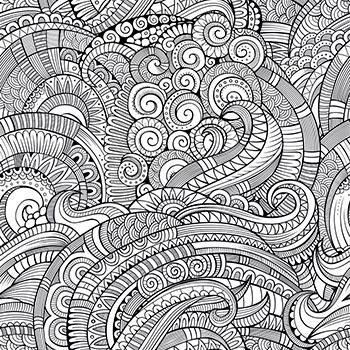
A line helps to define the shape or form of an artist's work. Lines come in a variety of shapes and sizes, allowing an artist to manipulate a drawing, painting or other art form to take the shape the artist wants.
Example lines:
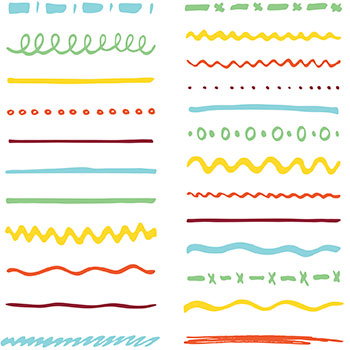
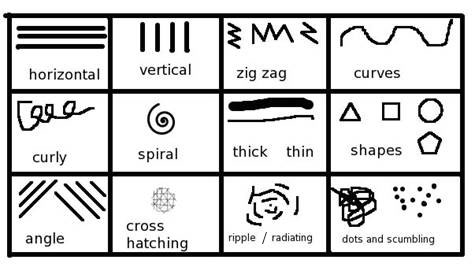
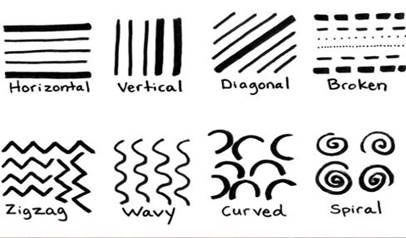
See larger version of line images here.
Any drawing or painting utilizes line. Some lines are noticeable, while others are invisible. Artists can use horizontal Lines that go from left to right or right to left and do not slant , vertical Lines that go straight up and down; they do not slant , diagonal Lines that slant , or curved A line that bends in a smooth, continuous way without sharp angles lines to create shape and form.
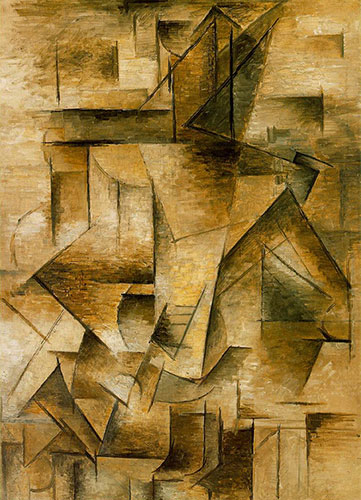
Pablo Picasso
Le Guitariste
(Translation: The Guitar Player)
1910
Oil on canvas
See larger version of Le Guitariste here.
Lines can help create distance in a drawing, or draw the eye to a specific place on a piece of art.
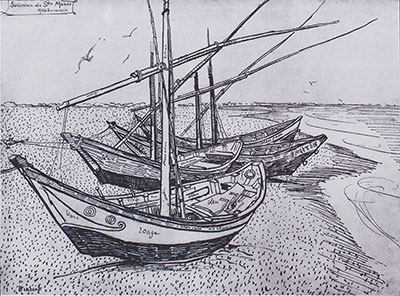
Vincent van Gogh
Fishing Boats on the Beach at Saintes-Maries
1888
Reed pen
See larger version of Fishing Boats on the Beach at Sainte-Maries here.
Image is in the public domain.
Additionally, lines help guide the eye around a work of art, indicating flow of movement or continuation of landscape. See an example of this in Frank Stella's 1982 work Jarama II.
Types of Lines
Artists use different types of lines to communicate ideas or express a feeling in a work of art.
Horizontal lines:
- Lines that run from right to left or left to right and do not slant
- Restful, peaceful, calm
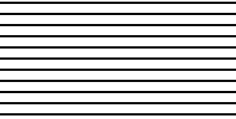
Vertical lines:
- Lines that go up and down and do not slant
- Stability, rigid, strength

Thick lines:
- Lines that are full and show power and volume
- Strong, bold, difficult to break
Thin lines:
- Lines that are skinny and seem delicate
- Delicate, fragile and easy to break

Diagonal lines:
- Lines that are go in an oblique or slanted direction
- Unbalanced, tension

Zig zag lines:
- Lines with a series of short sharp angles
- Excitement, confusion, nervousness
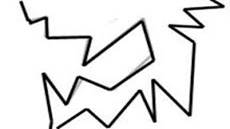
Curved lines:
- Line that continuously bends without any angles
- Gracefulness, comfort, relaxation, happiness


